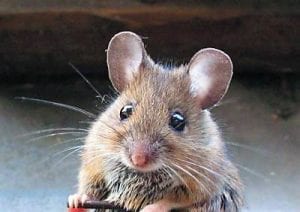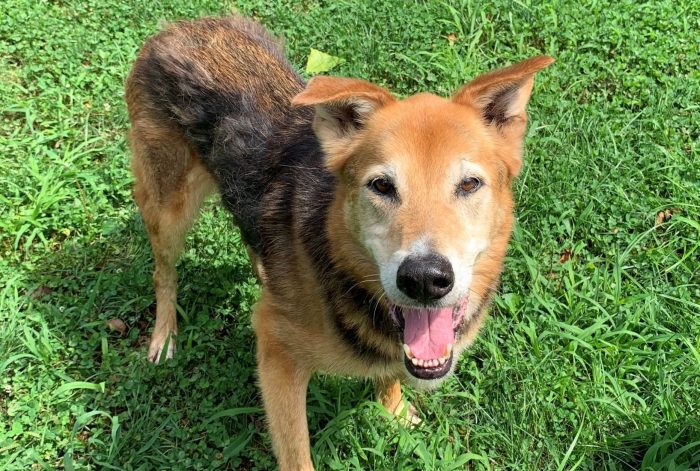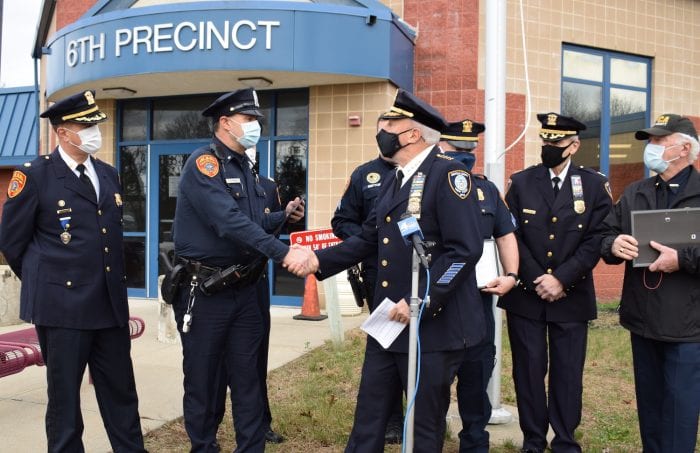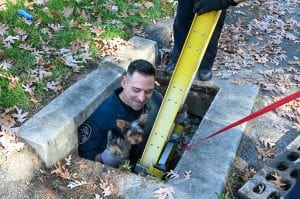By Barbara Anne Kirshner

Every December 21st, I pause in the midst of all the hectic Christmas preparations to hold my dachshund, Park, just a little closer and give thanks for the treasures he has brought since he joined our family on that fateful day 14 years ago.
How could I have known when we met, he would bring such companionship, love and countless gifts into my life?
Maybe if I had known, I would have scooped him up the minute I laid eyes on him instead of being so hesitant to add him to our little family.
It was September 2006 when my husband, Gregg, and our two dachshunds, Madison and Lexington, went for a walk in Port Jefferson and wound up in the local pet store.
The girl behind the counter looked at our brood and said, “You’re dachshund people. There’s a little boy here who needs some attention.” And with that she reached into one of the cages behind the sales counter and brought out a little long-hair black and tan dachshund. As she rested him on the counter, he became the clown that this breed is known for and stood way up on hind legs. He kept that pose amidst oooohs and aaaahs from passersby. He certainly left a big impression, but having three dogs was something I never imagined.
Once his little act ended, he was sent back to the cage behind the counter and we went home.
That was but our first encounter with the boy.
Every time Gregg and I went into Port Jefferson, we’d stop at the pet store sure that the pup would be gone, but he remained in that cage — waiting.
As time went on, he was moved from the preferred placement at the front of the store to be that puppy in the window with a pal, a long hair red dachshund.
The next time I visited, the red doxie was gone, but the black and tan boy was now in a cage at the front of a long line of cages. That’s when things started to get pathetic for him.
A few weeks later, he had been moved to one of the middle cages in the long line. Finally, he was relegated to the very last cage at the back of the store.

On December 20, 2006, Gregg and I went to Port Jefferson curious to see if the boy was still there. We fantasized that a loving young couple came to the store, saw this was indeed a very special pup and he was gone.
When we got to the pet store, I couldn’t go inside. I told Gregg to go and come back with happy news that the pup had found his forever home.
I went into a nearby boutique trying to busy myself half looking at items, anxious for the update.
Gregg rushed to me; alarm etched on his face. “Not only is he still there, but he looks despondent!” That was the word Gregg used: “despondent.”
I rushed out of that boutique and into the pet store. I ran to the back of the store and sure enough, there he was with his face turned toward the wall.
I called, “Park! Park!” I had the name, an unusual name but perfect if he were to join the doxie pack of Madison and Lexington.
Upon hearing my voice, he looked over his shoulder and stared me down. His unspoken words screamed at me. “If you don’t get me out of this hell hole, don’t bother to come back!”
Gregg leaned over my shoulder and asked, “What should we do?”
I looked from Gregg back to that sad little pup who had been stuck behind those bars for the past four months and then I fled from that pet store.
Conflicting thoughts flooded in. It was December 20th, four days before Christmas Eve when we would host the family dinner followed by Christmas Day when we would be at my sister’s house. On top of the hectic Christmas schedule, I was opening in the New Year’s show at Arena Repertory. I still had to memorize the last remaining scenes.
And on top of that was the gnawing hesitation that I never had a male dog, only female dogs. This was a completely different world I knew nothing about. I was overwhelmed with worry thoughts.
We left Port Jefferson and the sad little pup behind.
The next day was Monday, December 21st. I had to teach, but Gregg started his Christmas break. When I got home, I headed for my study complaining that I had to get those lines memorized.
But Gregg said, “You can’t do that right now.” I halted and looked at him.
He went on, “Well, I went back to Port Jefferson to the pet store and he was still there and well, now he’s ours. Merry Christmas — he’s your Christmas present!”
I looked around expecting the pup to come bounding out from another room.
“He’s at the pet store being groomed right now. I wanted us to pick him up together like we did with Madison and Lexington. So, come on, let’s get your Christmas present. When we get home, you can go into your study to work and I’ll take care of the little guy,” Gregg reassured me.
Conflicting feelings rushed in — excitement, anticipation, hesitation, worry and concern. How could I get everything done with a new pup under foot?

We went to pick up the little man. He was ushered out from the grooming room, long black fur gleaming and a big, red Christmas bow bobbing around his neck.
Park was placed in my arms and from that day to this, he has never been far from my hugs and kisses. He is my Velcro boy, always there for me. When I’m sad, he licks my tears away. When I’m up in the middle of the night, I hear those now familiar footsteps approach from down the hall. He stays by my side watching over me until sleep returns.
He is my travel companion. Wherever we go, people flock to him. Cars stop short to admire the precious boy. People have even called out, “That’s the most beautiful dog I’ve ever seen!”
I thank them, then shake my head and wonder how such a magnetic little man spent his early life behind bars, completely passed over by all who came in and out of that well-trafficked store.
When Christmas rolls around each year, I thank Gregg for the best Christmas present I ever got. His response is always the same, “I’ll never be able to top that gift, right?”
Right!
Oh, and that Christmas Eve dinner 2006, it went smoothly with Park the hit of the party. AND I didn’t miss one line opening night of that New Year’s show.
Miller Place resident Barbara Anne Kirshner is a freelance journalist, playwright and author of “Madison Weatherbee —The Different Dachshund.”
All photos courtesy of Barbara Anne Kirshner



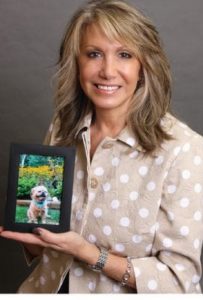
 What was the writing and publishing process like for you as a first-time author?
What was the writing and publishing process like for you as a first-time author?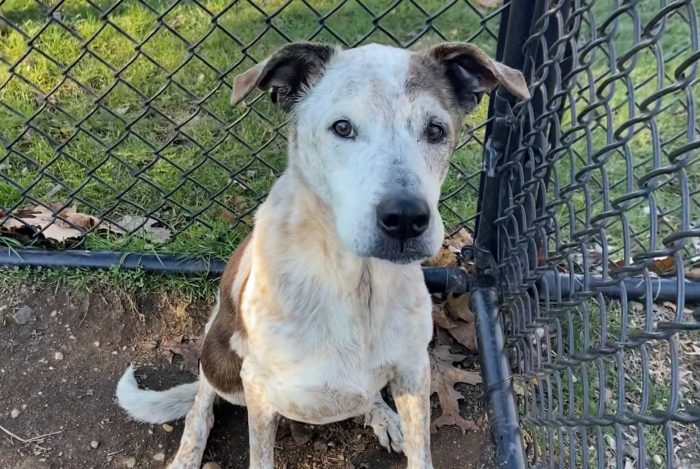
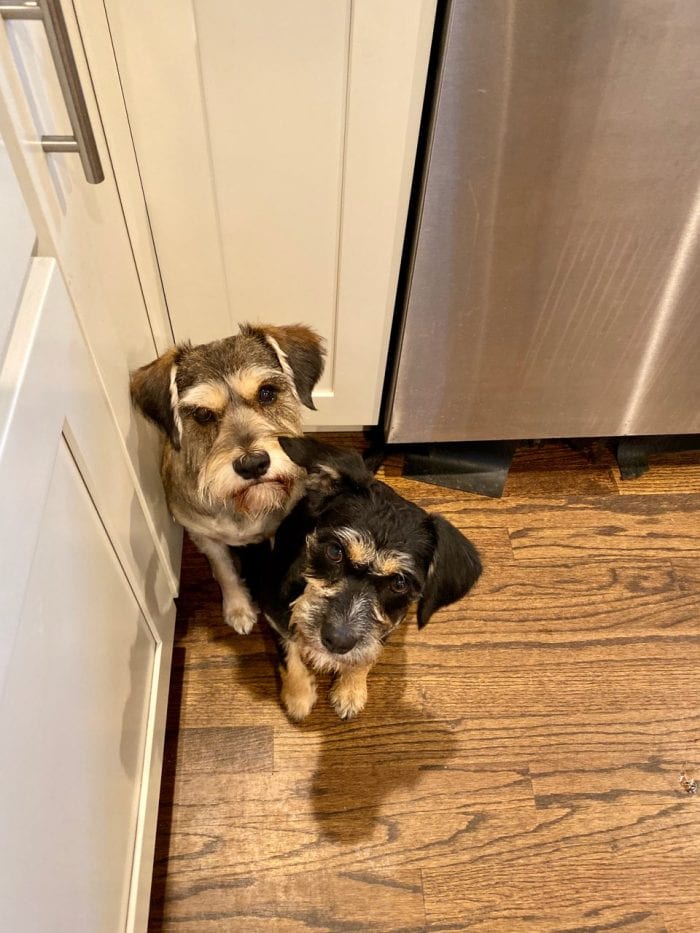

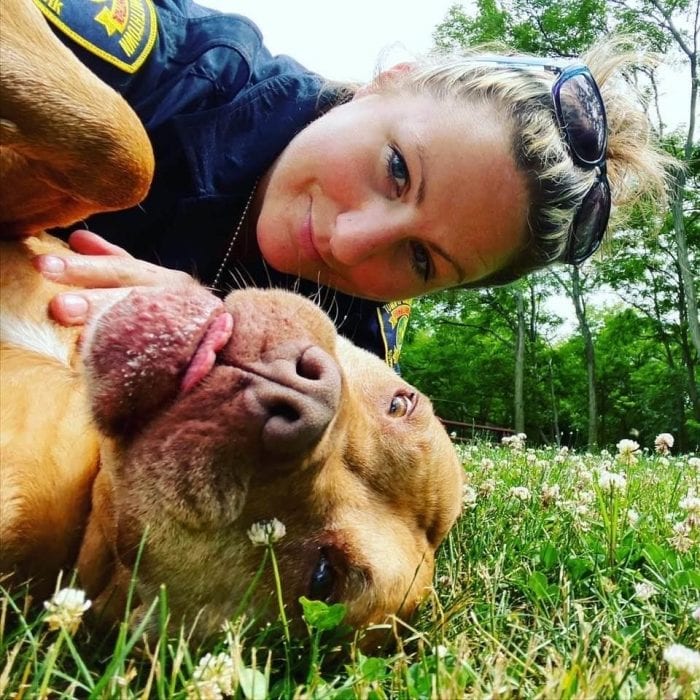

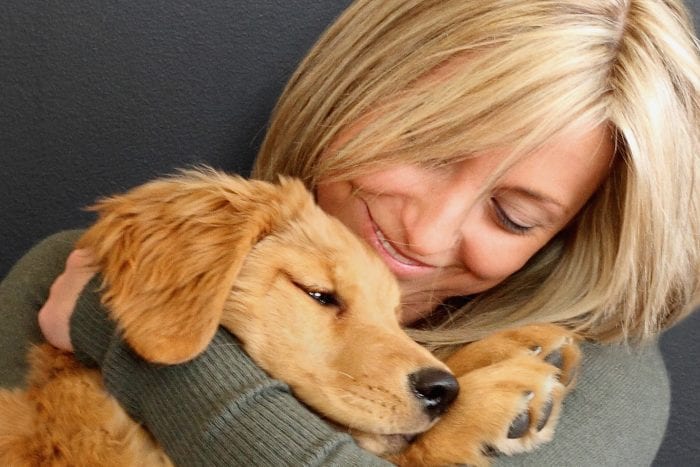
 The holiday season is a time of gathering and thanks but, during these stressful and uncertain times, it can be difficult to find anything to be thankful for. The exception is pet ownership. One thing I hear over and over is, “I am thankful for my pets.” Now, more than ever, pets provide stress reduction and help to fend off loneliness. They are good for mind and body.
The holiday season is a time of gathering and thanks but, during these stressful and uncertain times, it can be difficult to find anything to be thankful for. The exception is pet ownership. One thing I hear over and over is, “I am thankful for my pets.” Now, more than ever, pets provide stress reduction and help to fend off loneliness. They are good for mind and body.
